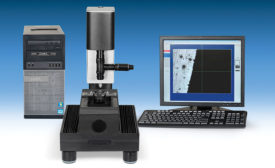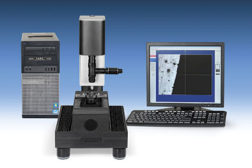Home » Keywords: » Knoop
Items Tagged with 'Knoop'
ARTICLES
Test & Inspection
The right hardness test method depends on the material being tested and the specific requirements of the application. Understanding the differences among the available options helps determine which method will give you the best results.
Read More
Test & Inspection
How to Deal with the Difficulties of Microhardness Testing
We’ll cover some of the common problems associated with microhardness testing and address some of the techniques and technologies that can be used to avoid them.
May 1, 2016
Test & Inspection
Common Problems in Microhardness Testing
By using properly maintained and calibrated equipment, trained personnel, and appropriate testing environments, these problems can be minimized.
May 1, 2014
Stay in the know with Quality’s comprehensive coverage of
the manufacturing and metrology industries.
eNewsletter | Website | eMagazine
JOIN TODAY!Copyright ©2024. All Rights Reserved BNP Media.
Design, CMS, Hosting & Web Development :: ePublishing


